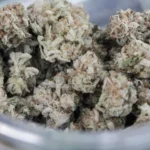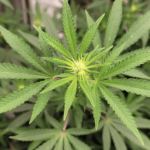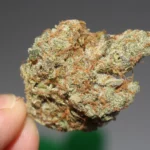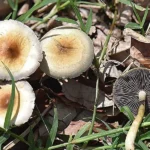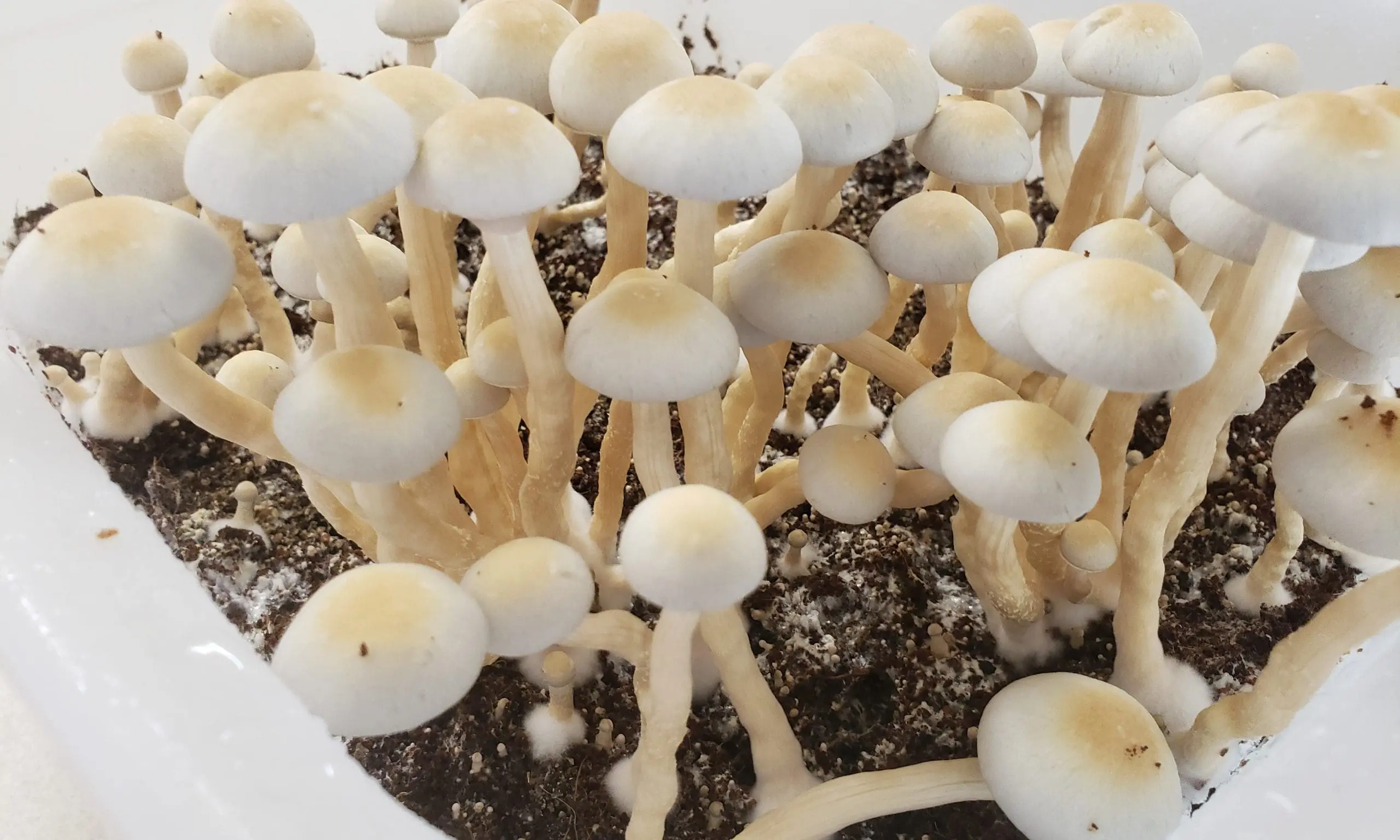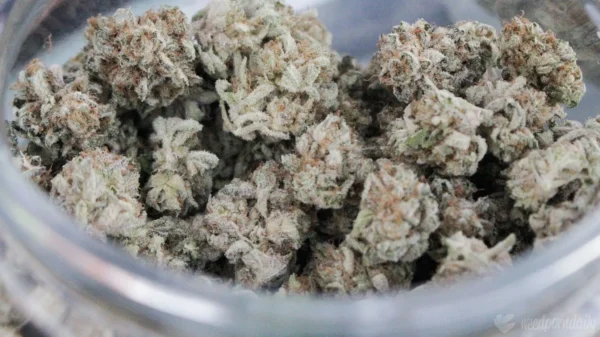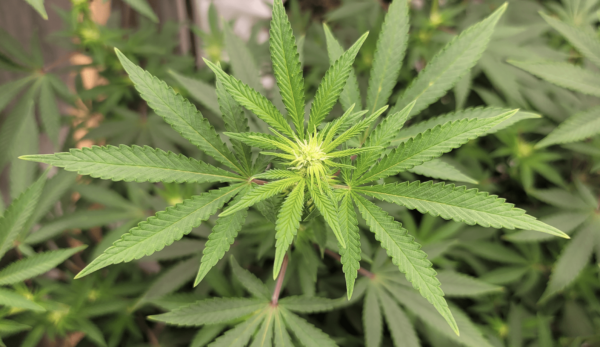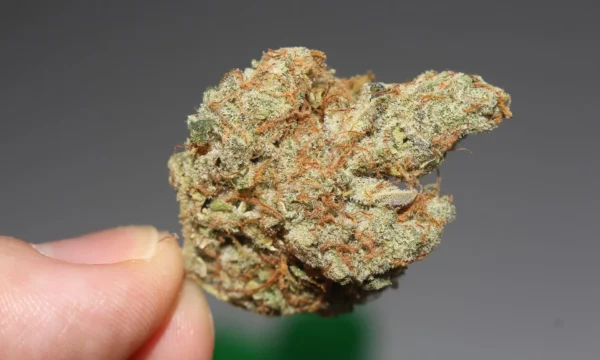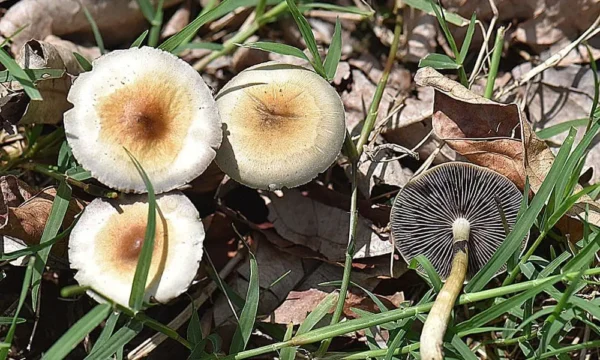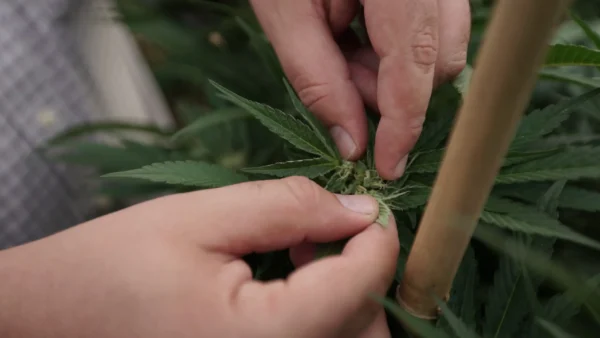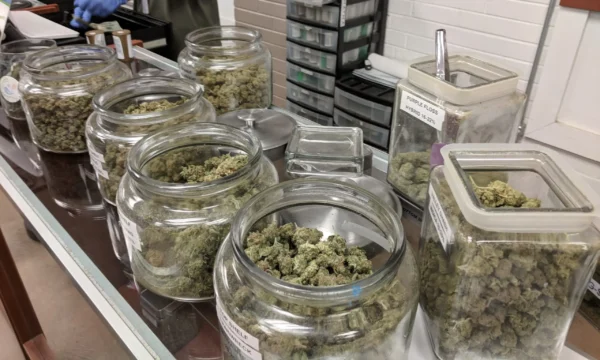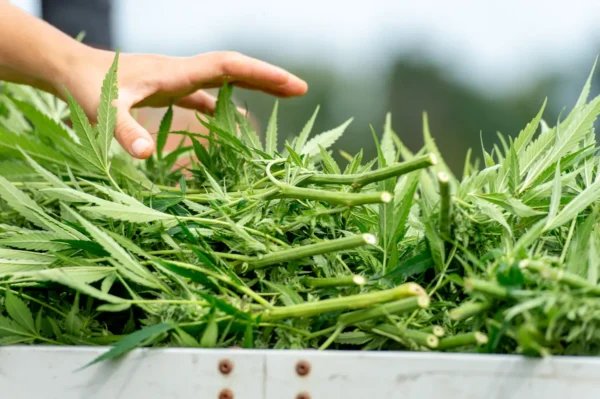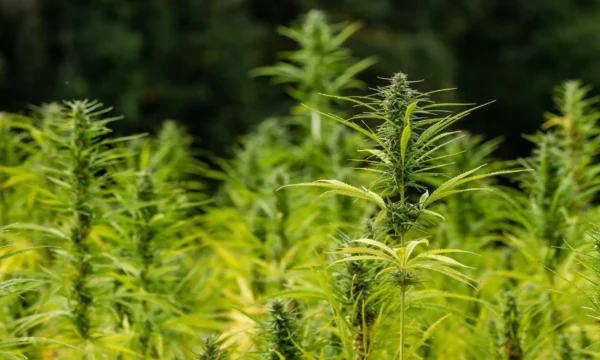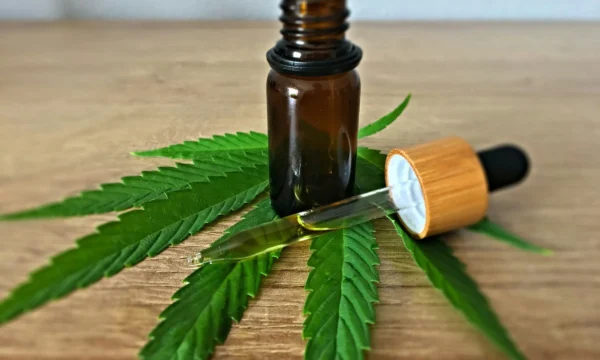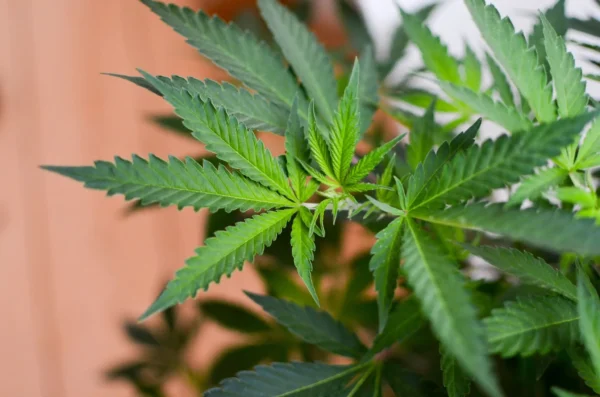Subtotal: $5.90
New York Lawmakers Hold Hearing Psilocybin’s Medical Benefits Amid Broader Debate Over Psychedelics Reform
New York psilocybin therapy is on the table—and the room finally smells like possibility, not prohibition
New York psilocybin therapy used to be a whisper in the back booth, a speculative cure played over the clink of ice and late-night hope. This week, the Assembly Health Committee dragged that whisper into the fluorescent light, taking hours of testimony on psilocybin’s medical benefits, the risks, and the sure-to-be-messy business of regulating a molecule that refuses to fit neatly inside the old drug-war filing cabinet. The chair, Assemblymember Amy Paulin, wants a model that’s medical, monitored, and adult—permits after screenings, education before dosing, clinical standards instead of social media advice. It’s the classic New York bargain: you can have the revolution, but put a tie on it. And yet the mood felt different—urgent, even—because the people showing up weren’t looking for a trend. They were looking for relief: from depression that gnaws through winter; from PTSD that doesn’t respect holidays; from cluster headaches that pin your skull to the wall and dare you to breathe. The legislature didn’t solve it in one sitting. But they opened a door and asked the right question: what if we let science lead and put patients first?
The medical case and the tightrope of safety
There’s a pragmatic pitch here. Psilocybin, in carefully guided sessions, has shown promise for treatment-resistant depression, PTSD, substance misuse and the nasty-edge-of-forever pain conditions that grind people down. Lawmakers pressed experts on protocols, therapist training, dosing standards, and guardrails—because that’s the tightrope: expand access while building a safety net that actually holds. If Albany follows through, it will look less like a free-for-all and more like a clinical pathway with on-ramps, exits, and speed limits. The parallels with cannabis are obvious. For years, patients turned to medical marijuana as a pressure valve for chronic pain when nothing else worked. That shift—documented in research, surveys, and real-world outcomes—helped change minds and laws, one chart and one story at a time. For readers new to that arc, see Medical Marijuana Effectively Treats Chronic Pain And Helps Patients Reduce Prescription Drug Use, Survey Shows. Psilocybin isn’t cannabis; the molecule and experience are different, the risks and benefits unique. But the policy blueprint—evidence-informed, patient-centered, tightly regulated—rhymes.
People, not abstractions
The hearing had a heartbeat, courtesy of people like retired FDNY firefighter Joseph McKay, a 9/11 responder who said psilocybin gave him his life back from the vise-grip of cluster headaches. He’s hardly alone. New Yorkers are already using psilocybin—quietly, awkwardly, with no labels, no coaching, no standards. A law-and-order state can either pretend that’s not happening or create a supervised, safer route for adults who qualify. And if we’ve learned anything from the cannabis era, it’s that outdated enforcement doesn’t make health decisions disappear—it just pushes them into the shadows. That’s why rulings that limit overreach matter, like Florida Court Blocks Police From Using The Smell Of Marijuana Alone To Search Vehicles. Different substance, same lesson: suspicion is not a substitute for science, and stigma has a way of becoming bad policy. If New York builds psilocybin access with rigorous screening, clear contraindications, and real professional oversight, people won’t have to choose between suffering in silence and rolling the dice with the underground.
The legislative maze and the will to move
Paulin’s approach isn’t the only road map in Albany. Some lawmakers want broad decriminalization of plant- and fungi-based entheogens for adults 21 and older—possession, cultivation, gifting, the full garden. Others are pushing a medical-first model: psilocybin therapy for defined conditions, delivered by certified facilitators in clinical settings, with home sessions for patients who can’t travel. There’s even talk of a pilot program aimed squarely at veterans and first responders, those most likely to carry invisible injuries long after the parade ended. The momentum is real, but so is the legislative gravity; a lot of promising bills spend months in committee purgatory. It’s not just a New York problem. Look west and the policy gears are grinding everywhere: interstate limits, federal gray zones, state patchworks. The logjam shows in suits like Oregon Marijuana Business Files New Lawsuit Challenging Ban On Interstate Cannabis And Hemp Commerce. Different fight, same through-line: our drug laws were built for a different century, and the map no longer matches the terrain.
From siloed substances to a coherent policy
New York’s psychedelics debate isn’t happening in a vacuum. States are learning—sometimes painfully—that piecemeal rules create loopholes, shadows, and markets nobody intended. California, after clamping down on intoxicating cannabinoids outside dispensaries, moved to bring the puzzle pieces into one frame; for a primer, see California Governor Signs Bill To Integrate Hemp And Marijuana Markets After Banning Intoxicating Cannabinoids Outside Of Dispensaries. Psychedelics will demand the same coherence: guardrails for public health, access for patients, respect for traditional use, and an honest reckoning with risk. The smartest policy owns the complexity and still chooses compassion. If Albany wants a legacy, it can start by building a psilocybin framework that treats New Yorkers like adults and patients like people. And if exploring compliant, high-quality options in the legal hemp space is on your mind while the Empire State charts its next move, take a look at our curated selections in our shop.



